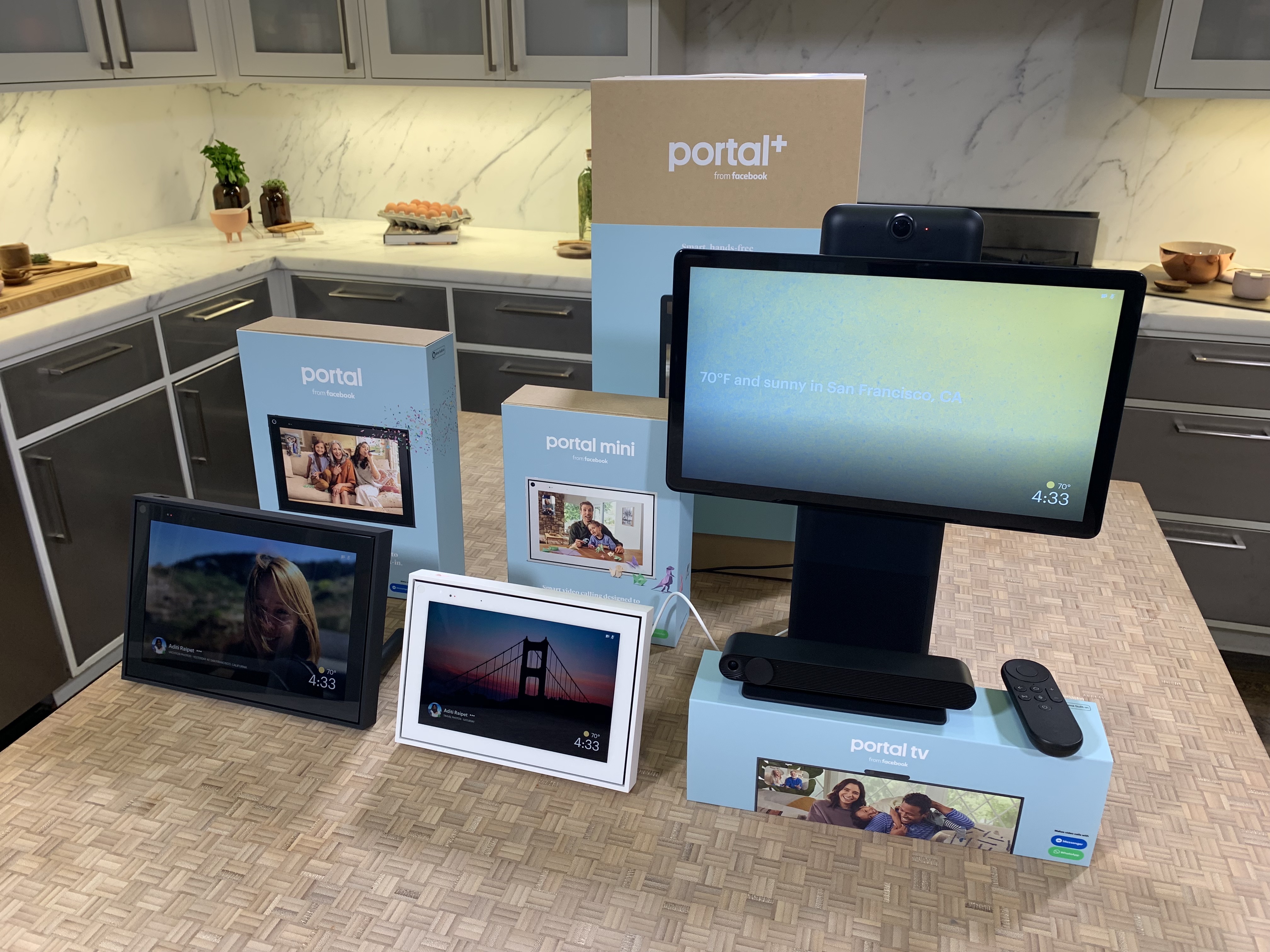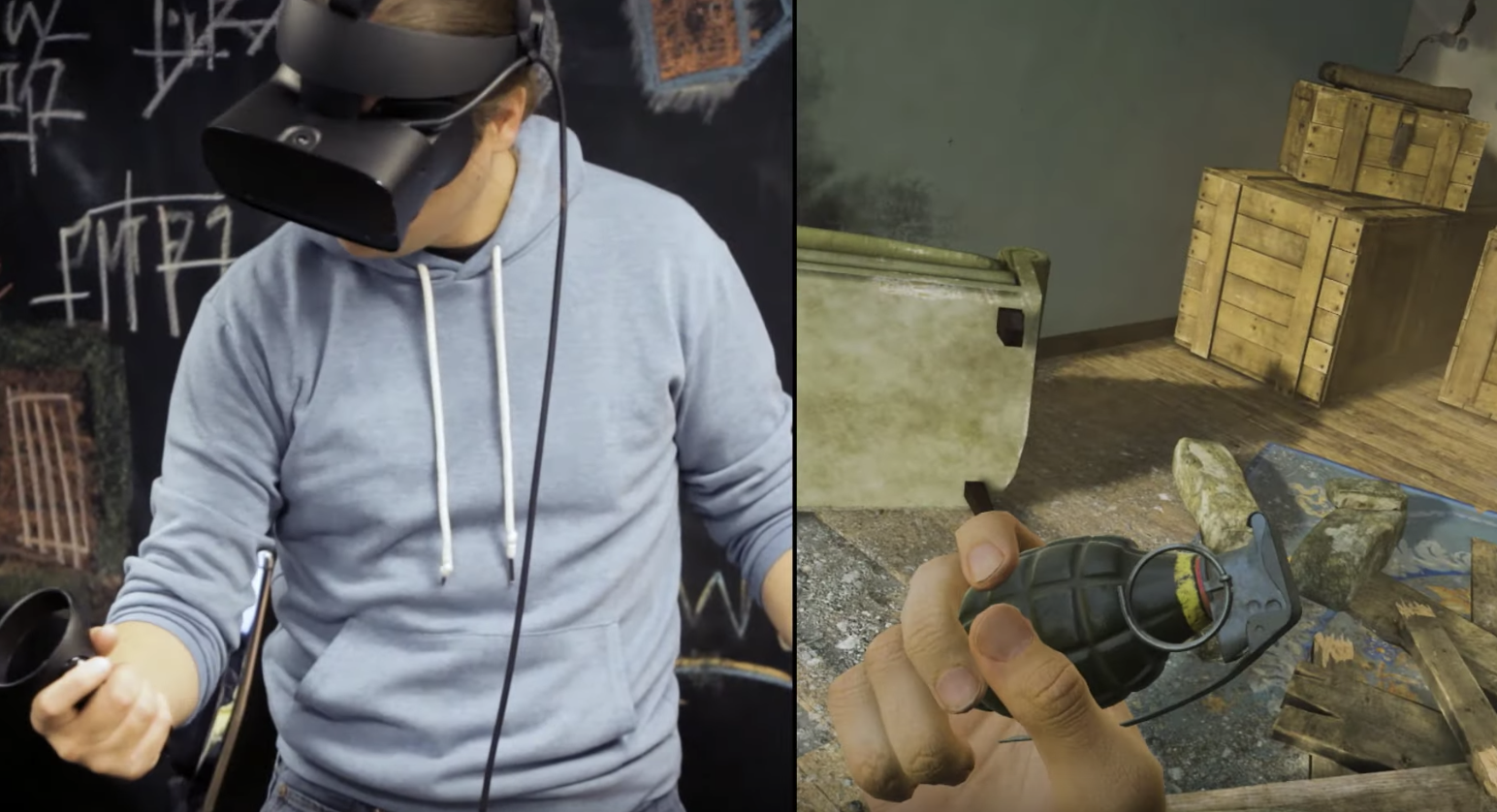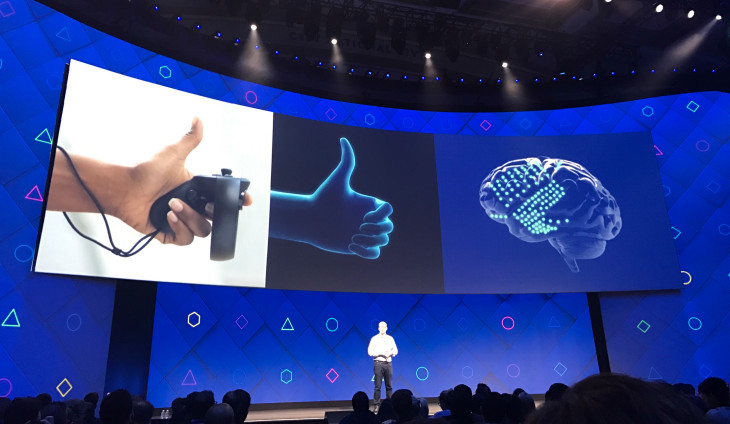In tech, this was the smartphone decade. In 2009, Symbian was still the dominant ‘smartphone’ OS, but 2010 saw the launch of the iPhone 4, the Samsung Galaxy S, and the Nexus One, and today Android and iOS boast four billion combined active devices. Smartphones and their apps are a mature market, now, not a disruptive new platform. So what’s next?
The question presupposes that something has to be next, that this is a law of nature. It’s easy to see why it might seem that way. Over the last thirty-plus years we’ve lived through three massive, overlapping, world-changing technology platform shifts: computers, the Internet, and smartphones. It seems inevitable that a fourth must be on the horizon.
There have certainly been no shortage of nominees over the last few years. AR/VR; blockchains; chatbots; the Internet of Things; drones; self-driving cars. (Yes, self-driving cars would be a platform, in that whole new sub-industries would erupt around them.) And yet one can’t help but notice that every single one of those has fallen far short of optimistic predictions. What is going on?
You may recall that the growth of PCs, the Internet, and smartphones did not ever look wobbly or faltering. Here’s a list of Internet users over time: from 16 million in 1995 to 147 million in 1998. Here’s a list of smartphone sales since 2009: Android went from sub-1-million units to over 80 million in just three years. That’s what a major platform shift looks like.
Let’s compare each of the above, shall we? I don’t think it’s an unfair comparison. Each has had champions arguing it will, in fact, be That Big, and even people with more measured expectations have predicted growth will at least follow the trajectory of smartphones or the Internet, albeit maybe to a lesser peak. But in fact…
AR/VR: Way back in 2015 I spoke to a very well known VC who confidently predicted a floor of 10 million devices per year well before the end of this decade. What did we get? 3.7M to 4.7M to 6M, 2017 through 2019, while Oculus keeps getting reorg’ed. A 27% annual growth rate is OK, sure, but a consistent 27% growth rate is more than a little worrying for an alleged next big thing; it’s a long, long way from “10xing in three years.” Many people also predicted that by the end of this decade Magic Leap would look like something other than an utter shambles. Welp. As for other AR/VR startups, their state is best described as “sorry.”
Blockchains: I mean, Bitcoin’s doing just fine, sure, and is easily the weirdest and most interesting thing to have happened to tech in the 2010s; but the entire rest of the space? I’m broadly a believer in cryptocurrencies, but if you were to have suggested in mid-2017 to a true believer that, by the end of 2019, enterprise blockchains would essentially be dead, decentralized app usage would still be measured in the low thousands, and no real new use cases would have arisen other than collateralized lending for a tiny coterie — I mean, they would have been outraged. And yet, here we are.
Chatbots: No, seriously, chatbots were celebrated as the platform of the future not so long ago. (Alexa, about which more in a bit, is not a chatbot.) “The world is about to be re-written, and bots are going to be a big part of the future” was an actual quote. Facebook M was the future. It no longer exists. Microsoft’s Tay was the future. It really no longer exists. It was replaced by Zo. Did you know that? I didn’t. Zo also no longer exists.
The Internet of Things: let’s look at a few recent headlines, shall we? “Why IoT Has Consistently Fallen Short of Predictions.” “Is IoT Dead?” “IoT: Yesterday’s Predictions vs. Today’s Reality.” Spoiler: that last one does not discuss about how reality has blown previous predictions out of the water. Rather, “The reality turned out to be far less rosy.”
Drones: now, a lot of really cool things are happening in the drone space, I’ll be the first to aver. But we’re a long way away from physical packet-switched networks. Amazon teased Prime Air delivery way back in 2015 and made its first drone delivery way back in 2016, which is also when it patented its blimp mother ship. People expected great things. People still expect great things. But I think it’s fair to say they expected … a bit more … by now.
Self-driving cars: We were promised so much more, and I’m not even talking about Elon Musk’s hyperbole. From 2016: “10 million self-driving cars will be on the road by 2020.” “True self-driving cars will arrive in 5 years, says Ford“. We do technically have a few, running in a closed pilot project in Phoenix, courtesy of Waymo, but that’s not what Ford was talking about: “Self-driving Fords that have no steering wheels, brake or gas pedals will be in mass production within five years.” So, 18 months from now, then. 12 months left for that “10 million” prediction. You’ll forgive a certain skepticism on my part.
The above doesn’t mean we haven’t seen any successes, of course. A lot of new kinds of products have been interesting hits: AirPods, the Apple Watch, the Amazon Echo family. All three are more new interfaces than whole new major platforms, though; not so much a gold rush as a single vein of silver.
You may notice I left machine learning / AI off the list. This is in part because it definitely has seen real qualitative leaps, but a) there seems to be a general concern that we may have entered the flattening of an S-curve there, rather than continued hypergrowth, b) either way, it’s not a platform. Moreover, the wall that both drones and self-driving cars have hit is labelled General Purpose Autonomy … in other words, it is an AI wall. AI does many amazing things, but when people predicted 10M self-driving cars on the roads next year, it means they predicted AI would be good enough to drive them. In fact it’s getting there a lot slower than we expected.
Any one of these technologies could define the next decade. But another possibility, which we have to at least consider, is that none of them might. It is not an irrefutable law of nature that just as one major tech platform begins to mature another must inevitably start its rise. We may well see a lengthy gap before the next Next Big Thing. Then we may see two or three rise simultaneously. But if your avowed plan is that this time you’re totally going to get in on the ground floor — well, I’m here to warn you, you may have a long wait in store.
from Apple – TechCrunch https://ift.tt/2MlouTj
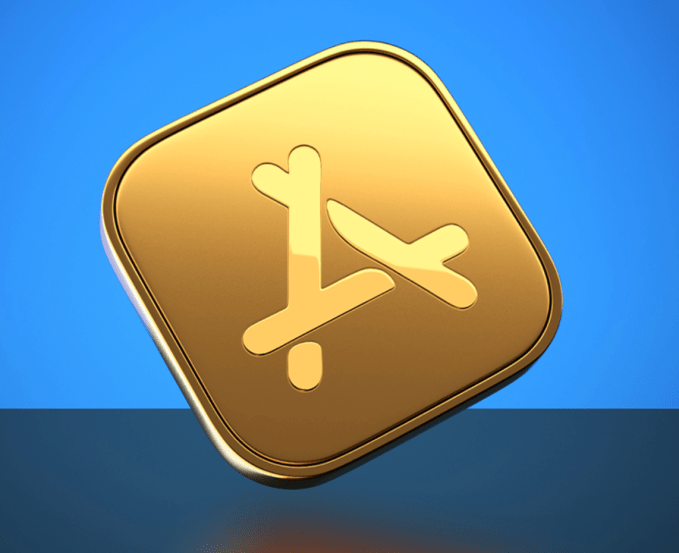 App Annie this week released its list of
App Annie this week released its list of 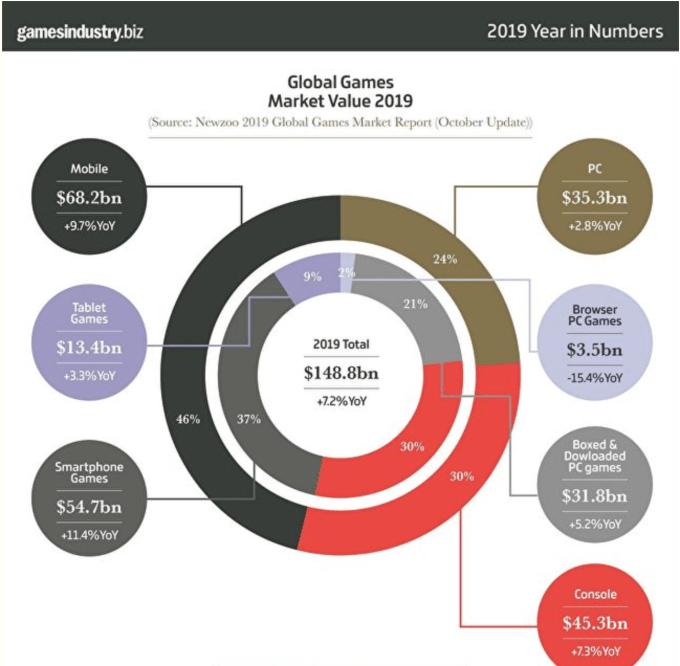
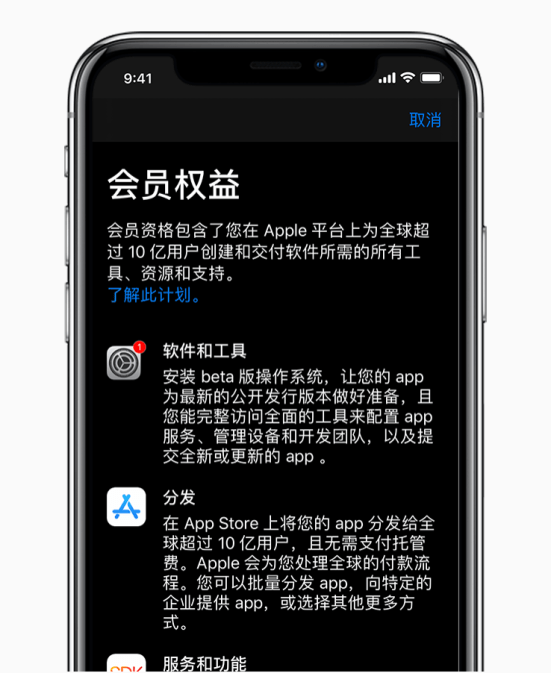 Apple
Apple 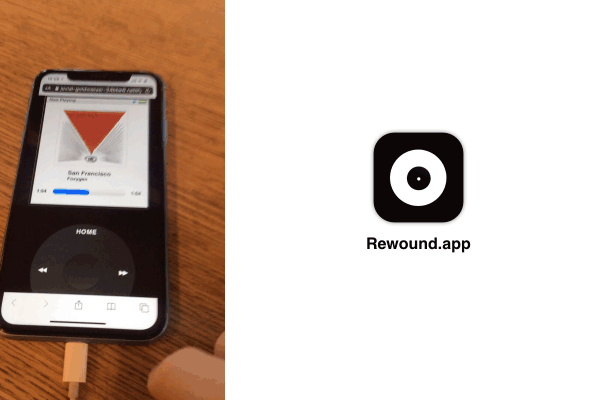 We hope you downloaded this fun app
We hope you downloaded this fun app 